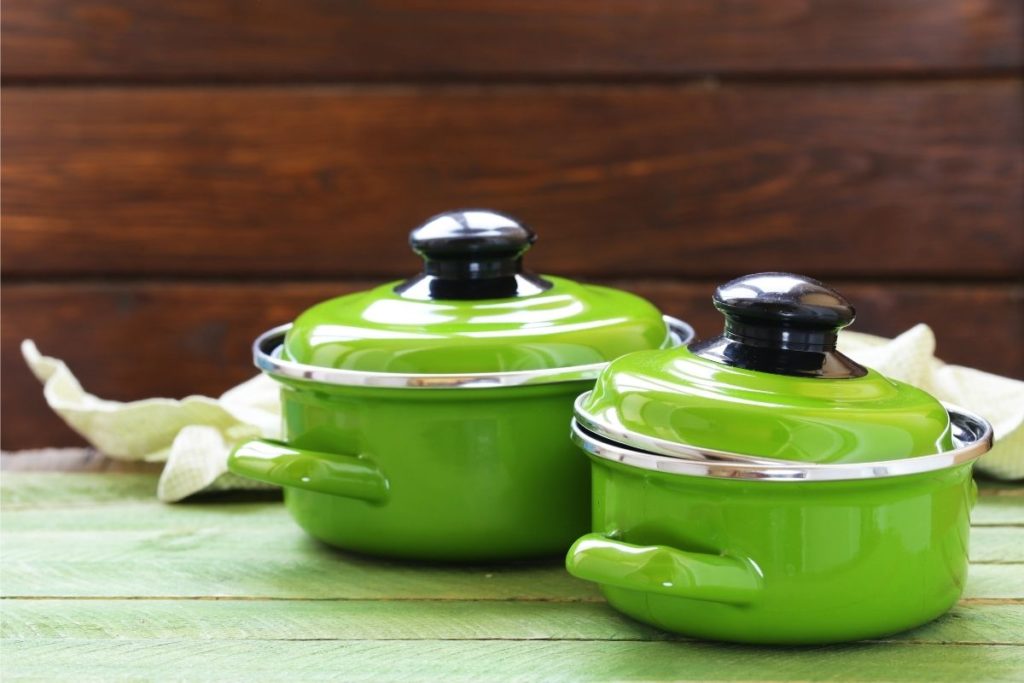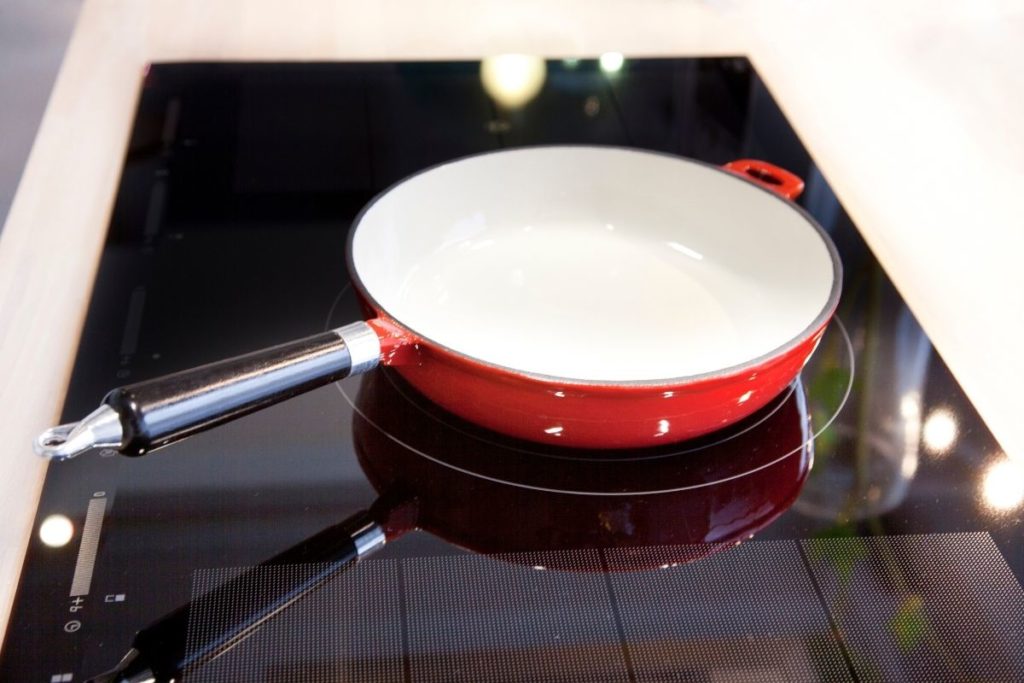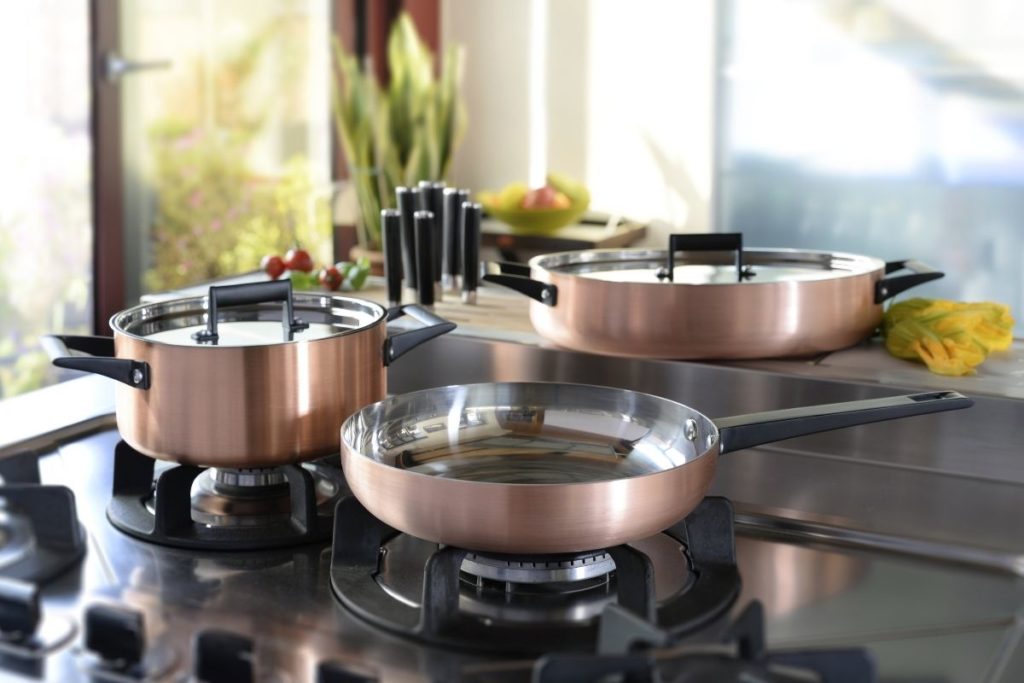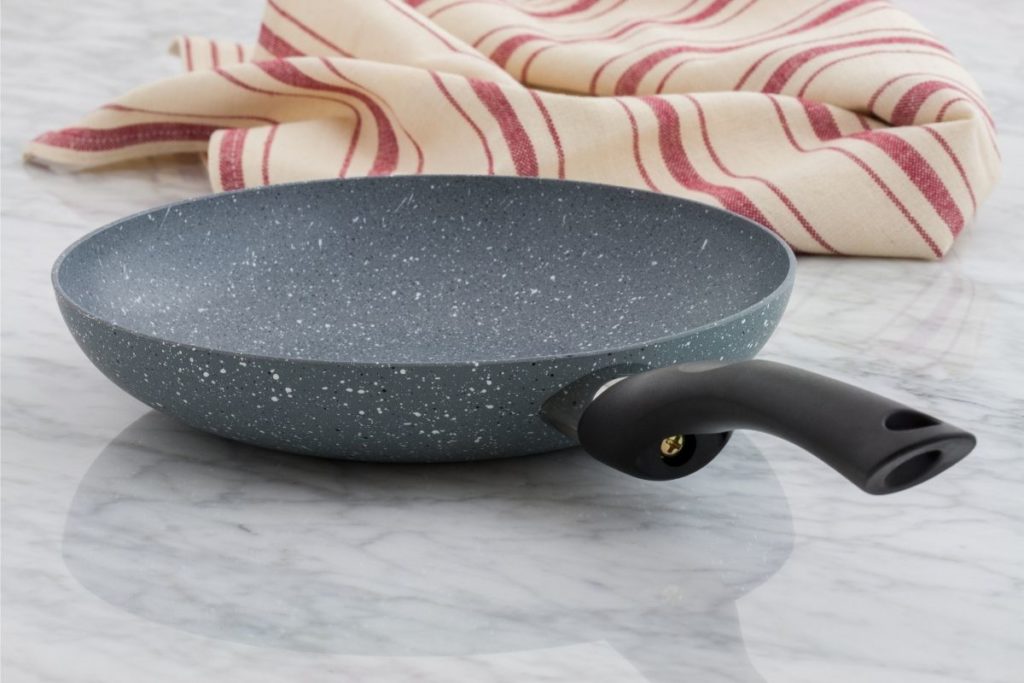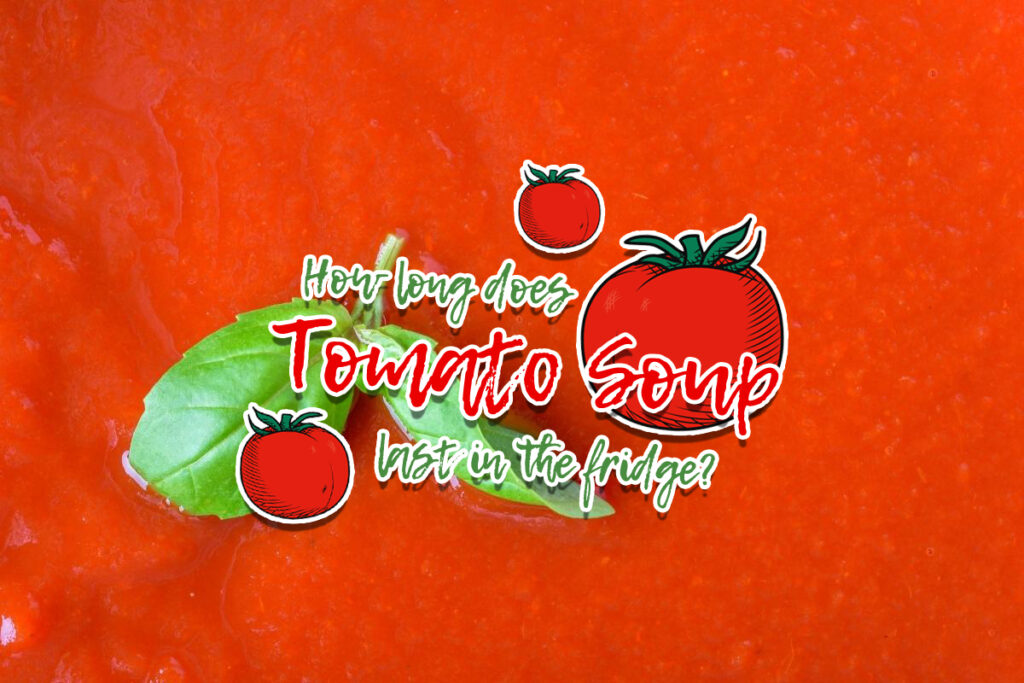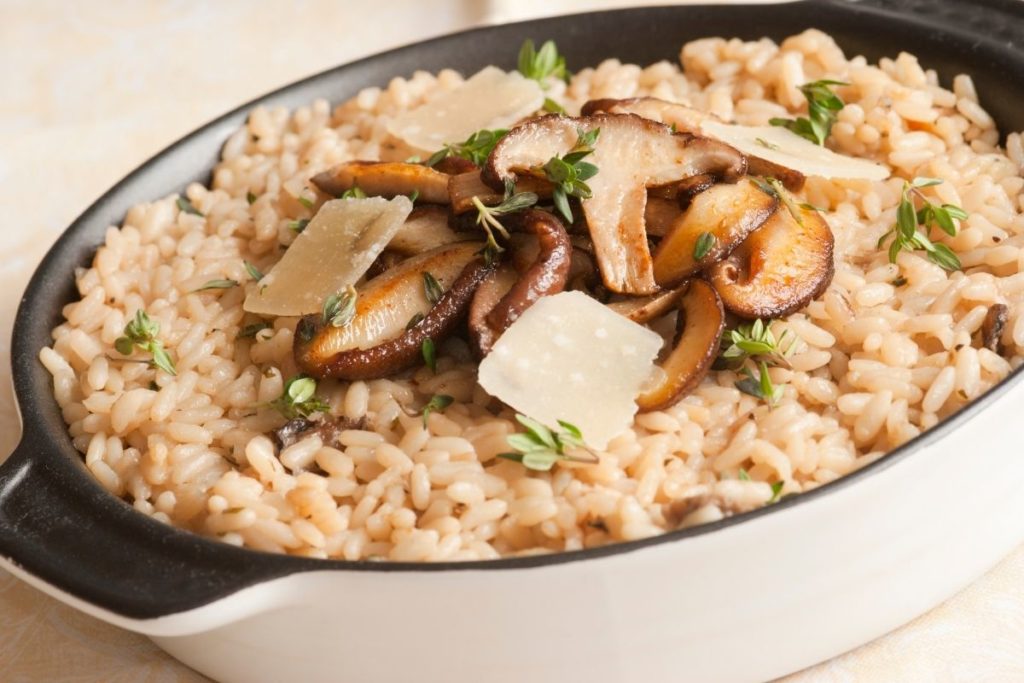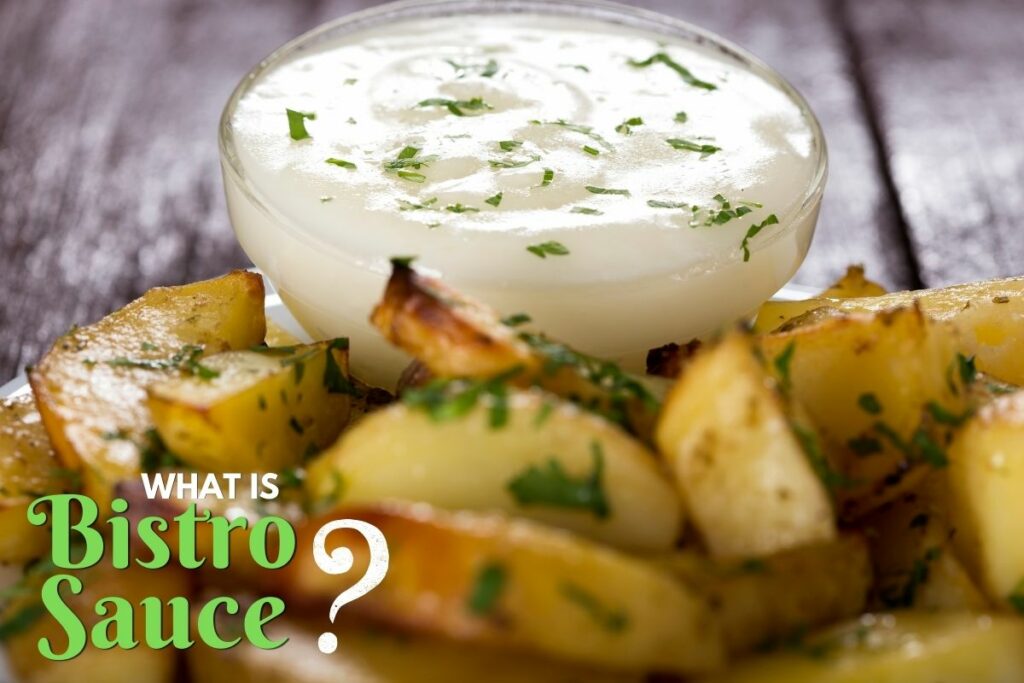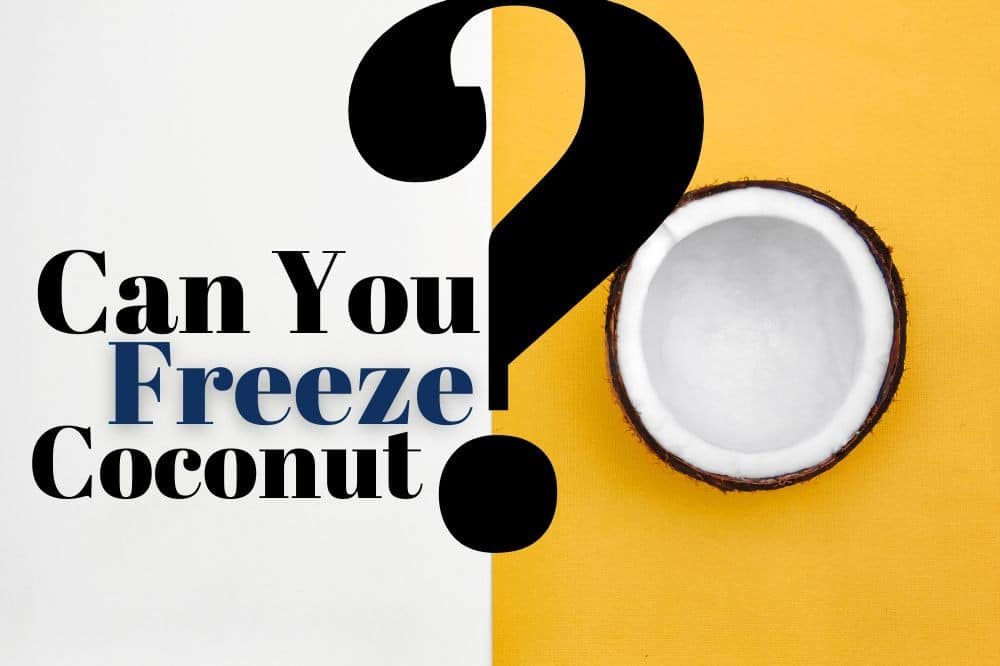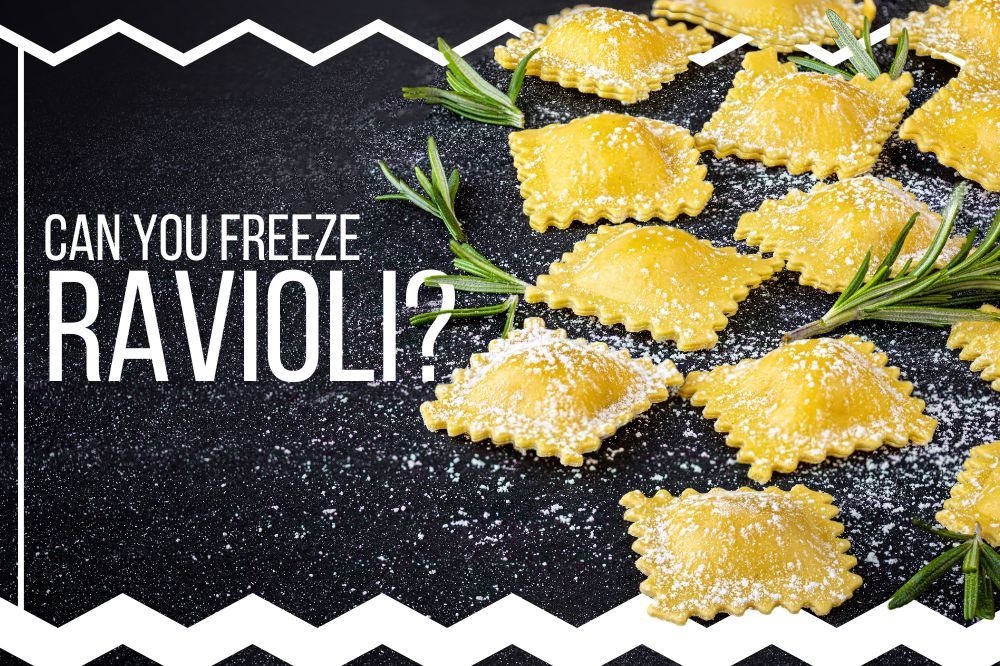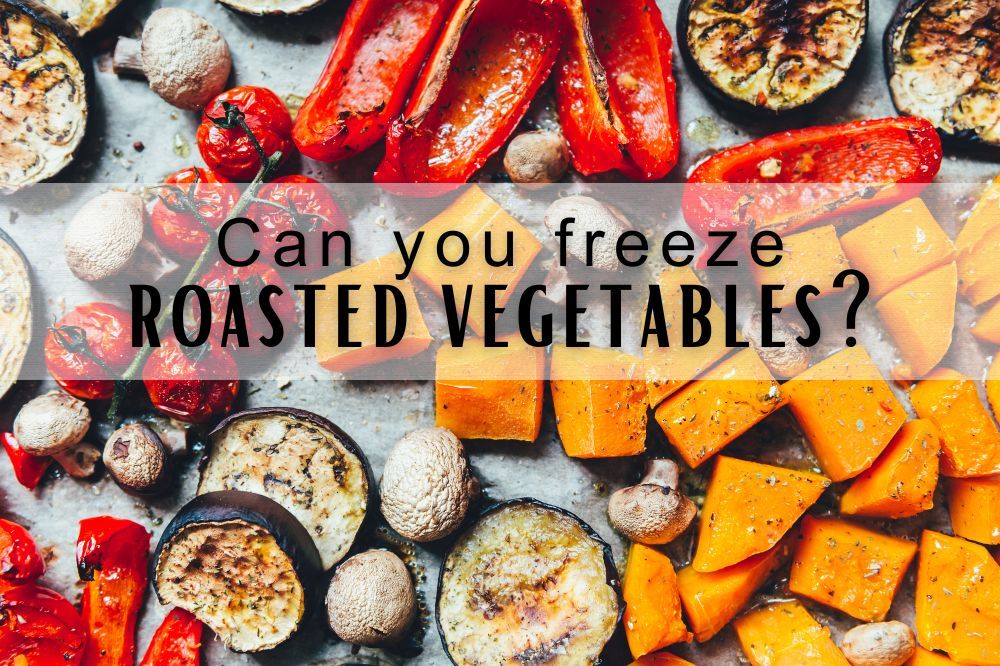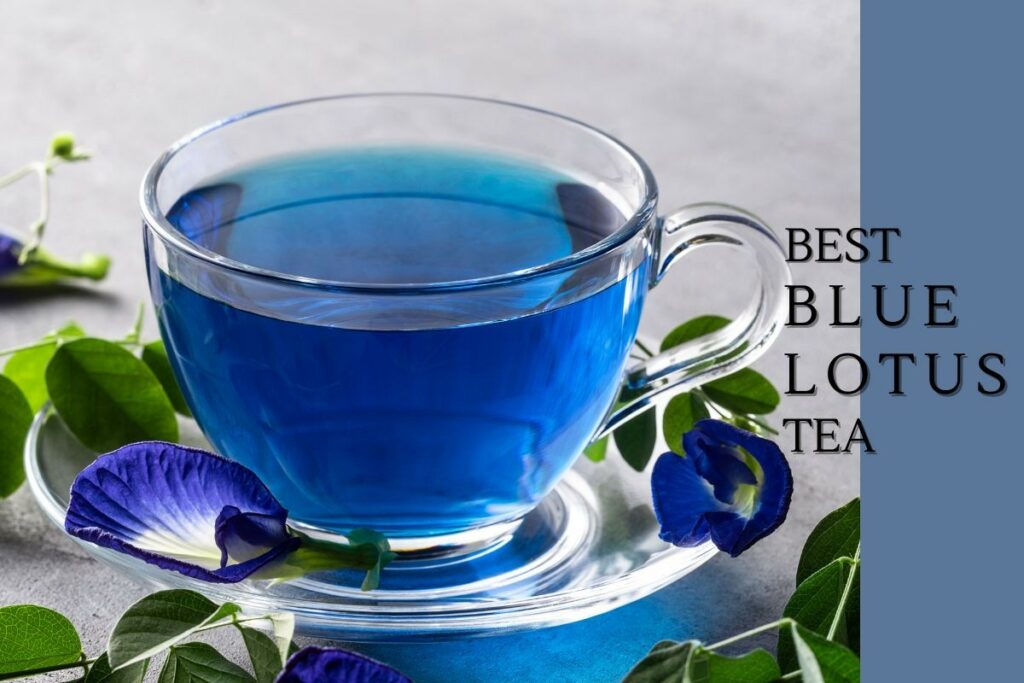Pot vs. Pan: What’s the Difference Between a Pot and Pan (Updated 2024)
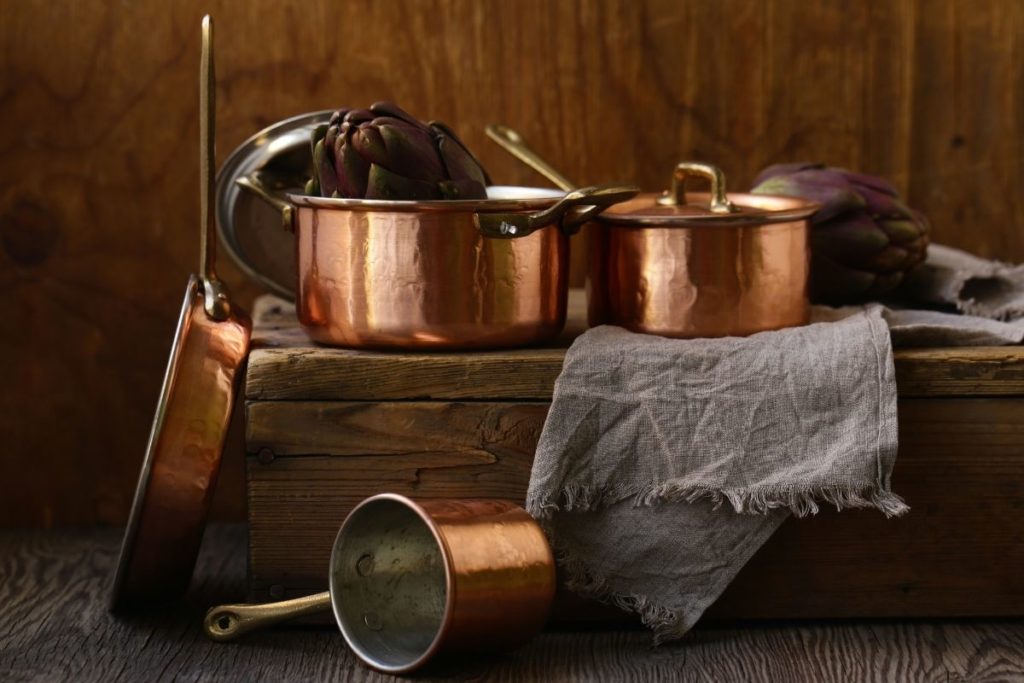
Without further ado, let us discuss the difference between a pot and a pan and how you can use each in your everyday life. Read on to learn more.
The kitchen intimidates many, especially beginners who feel overwhelmed with the vast amount of tools and ingredients vying for attention.
For newbies or even home cooks who do not know much about kitchen tools, the difference between a pot and a pan can appear very slight.
If you are among these people, fret not. We will give you a more in-depth guide to discerning the difference between these two tools and how to best use them in your culinary adventures.
Not only will this make your kitchen activities much easier to handle, but it will also give you a much-needed boost of confidence knowing you have the right tool and the proper method of cooking.
What Is a Pot?
A pot is a type of cookware with a deep bottom and high sides.
They typically have a circular base with the sides shooting straight up.
This design is intended to hold larger quantities of food.
Pots typically have smaller handles located on opposite sides for support and easier carrying.
What Is a Pan?
Pans, on the other hand, are characterized by their relatively shallow depth with lower sides.
Typically, the sides only range from one to two inches in height.
Unlike pots, pans have sides that may either curve or slope at an angle or also be fashioned in a straight manner.
You can also easily distinguish a pan by its single long handle.
Similarities and Differences Between a Pot and Pan
Both pots and pans are available in many varieties and may be made from varying materials.
They tend to cater to different uses in the kitchen such as food preparation, sautéing, baking, frying, broiling, and many others.
While you can use them interchangeably in some circumstances, the main difference between pots and pans lies in their purpose in cooking.
For one, because pots have a much deeper base and higher sides, they easily handle larger quantities.
This includes cooking soups, broiling seafood, making stock, cooking pasta, and the like.
In short, pots stand as the go-to vessel for recipes requiring larger volumes of liquid and ingredients.
One advantage of cooking in a pot is that the high sides make for even cooking.
This allows even heat distribution instead of focused heat only on the bottom portion of the food.
Meanwhile, pans are mainly used for frying and sautéing food.
This is because the wider base and the lower sides of the pan allow heat to build faster.
The openness of pans also allows cooks more control over their cooking.
At the same time, pans also help food cool quickly.
Because of this, these cooking vessels are preferred for frying eggs and making crepes and pancakes.
Varying Types of Pots and Pans on the Market
The variety of pots and pans in existence contributes to the very challenge of distinguishing between the two.
It does not help that some have confusing names (such as saucepans), making you think they actually qualify under ‘pans.’
Despite the name, saucepans are really a type of pot. After all, they have relatively high sides and a deep base.
They come in many sizes, making them versatile additions to your kitchen.
Although they are not as deep as stockpots, they can still handle large amounts of liquid.
This is ideal not only for poaching eggs but also for blanching vegetables.
A Dutch oven is also a type of pot. With high sides and a heavy bottom, it is larger than a saucepan.
Made of cast iron, you can use a Dutch oven on both the stove and the oven, making this a multi-purpose pot you might want to have in the kitchen.
A skillet or a frying pan is one of the most common items in the kitchen.
When you hear the word pan, this will immediately come to mind.
Skillets can come in stone, cast iron, or stainless steel.
They are ideal not just for frying up some eggs or making pancakes, but also for handling more heavy-duty items such as searing a steak.
The Bottom Line
Now that you know the main difference between a pot and a pan, you can enjoy cooking in your own kitchen.
In no time, you will easily reach for the perfect pot or pan for your desired meal.
you may also like
well hello there!

Hi, I'm Linda thanks for stopping by! We're so happy you're here. If you're a foodie and love to cook from home - you're in the right place..
LEARN MORE
free newsletter
Join the mailing list and receive our free newsletter!
recent posts
let's be social
search site
Recipe Marker
Recipe Marker provides you with the best information about home cooking tips, recipes, ingredient substitutes and more. Check out our blog to see the latest articles.
Copyright © 2024 Recipemarker.com | All Rights Reserved | Privacy | Disclaimer | Contact
